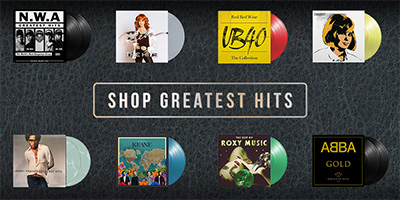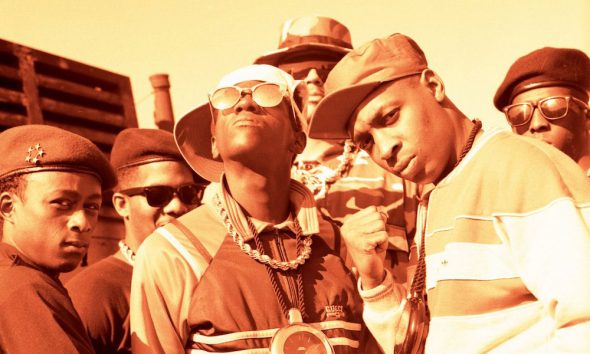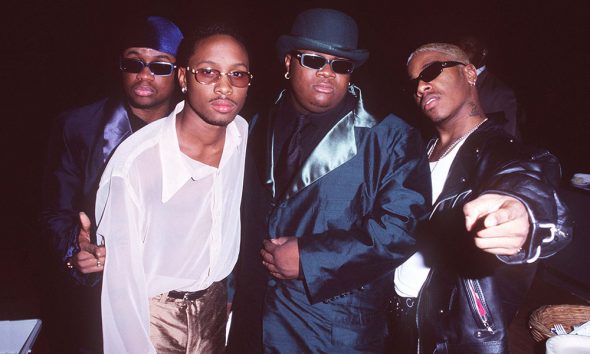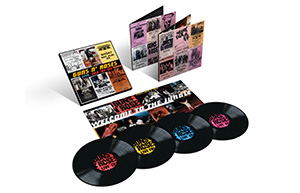When Hits Became History: The Evolution Of Greatest Hits Compilations
These releases are more than just music. The’ve defined eras, reignited artist careers, and signaled farewells.
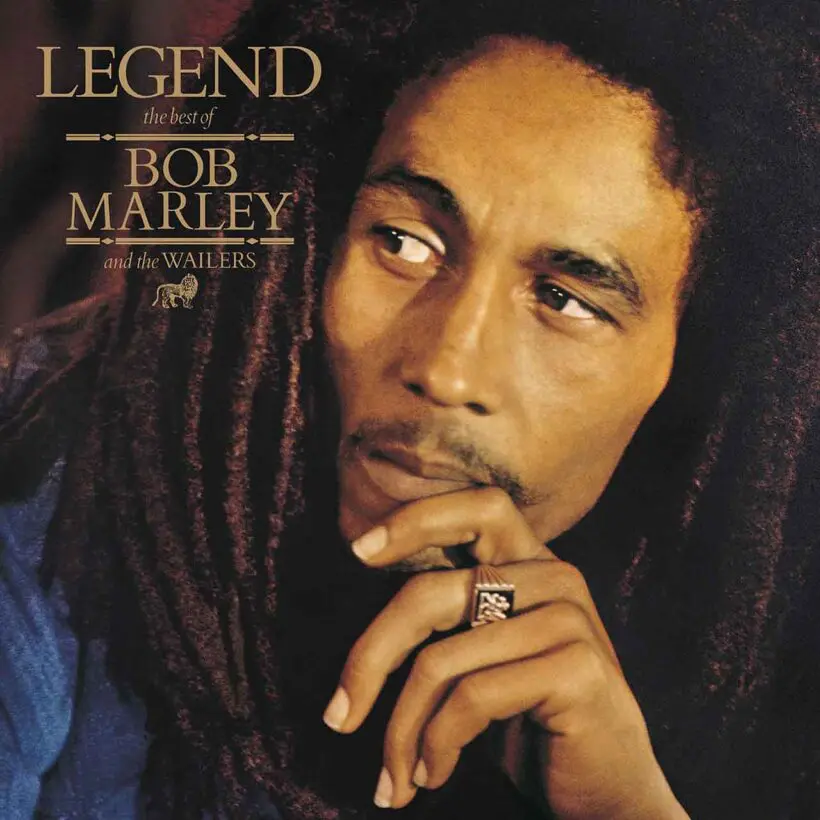
Few would call the romantic crooner Johnny Mathis a revolutionary, but in March 1958, the much-loved balladeer changed music forever when he released the first hits compilation album, the succinctly titled Johnny’s Greatest Hits. Mathis had only been recording for two years at that point, but his producer Mitch Miller was keen to keep the singer in the public eye while he was away on a British tour and came up with the idea of repurposing some early recordings. The strategy worked — Johnny’s Greatest Hits spent three weeks at the top of the U.S. Billboard album chart and sold half a million copies by June 1959. The greatest hits album was born. Before long, pretty much any artist of note would follow Mathis’ lead.
In the early ’60s, back when 7-inch singles were the dominant format, greatest hits compilations were pure expressions of pop, crammed with hits and packing a punch that full-length albums rarely did — see The Rolling Stones’ masterful Hot Rocks 1964–71, The Who’s Meaty Beaty Big and Bouncy, or any of the Motown Chartbusters series. But as well as nonstop thrills for music lovers on a budget, a greatest hits album can mark a turning point in an artist’s career — defining eras, marking a resurgence of interest, reflecting cultural milestones, and signaling farewells. Even in the age of streaming, when playlists have taken over the role of curating artists’ catalogs, greatest hits albums still hold a unique power, offering both longtime fans and new listeners a cohesive, self-contained way to experience an artist’s legacy.
The Beach Boys
By 1974, The Beach Boys had long left surfing and hot rods behind. A series of mature and critically acclaimed early ’70s albums had seen a shift toward soulful, rootsy rock with the killer harmonies of their ’60s heyday intact. But despite rave reviews, they were not the draw they once were, especially in the United States — album sales were down, as was concert attendance. The nostalgic greatest hits compilation Endless Summer changed all of that — a 20-track, two-LP best-of that only featured songs released between 1962 and 1966. The timing couldn’t have been better — a generation who’d grown up with The Beach Boys’ astonishing ’60s run of hit singles were excited to rediscover their youth, and the album flew off the shelves.
Frontman Mike Love helped sequence the album and was delighted by the reception. “I wanted the listener to experience the same feeling as one would have in listening to a concert,” Love later said. “That was just born of years of doing shows. The response to Endless Summer was stunning. Four months after hitting the stores, it reached Number One and remained on the Billboard album chart for a remarkable 155 weeks; more than three million copies were sold in the United States. Rolling Stone, which hadn’t taken us seriously in years, named us ‘Band of the Year’ in 1974.”
Meanwhile, ticket sales went through the roof, with the band selling out four nights at Madison Square Garden, New York. From this point on, The Beach Boys were known as “America’s Band,” and their shows were dominated by their “golden oldies.”
Bob Marley
Released in May 1984, Legend, the greatest hits of Bob Marley & The Wailers, was a compilation responsible for making reggae music a truly global phenomenon. Though Marley was widely regarded as the most influential figure in Jamaican music and was revered worldwide, his album sales hadn’t quite matched his notoriety. Island Records president Dave Robinson saw the potential for a compilation to introduce Marley’s timeless songs to a wider audience. The label employed market researchers to test Marley’s songs with different audiences and put together a set that included all 10 of Marley’s U.K. Top 10 singles at that point, and steered away from his political material to concentrate on the more melodic and catchy elements of his songwriting.
Island’s curatorial approach to Marley’s catalog had the desired effect, becoming a sales phenomenon — more than 18 million copies sold in the U.S. alone and over 25 million copies globally. The release cemented the singer-songwriter as a global icon.
ABBA and beyond
Another compilation that radically altered the way the world saw an artist was ABBA Gold, released in September 1992. While the Swedish pop masters were global sensations back in the ’70s, by the close of the ’80s, tastes had moved on. Still, much like The Beach Boys fans who’d come of age by the mid-’70s and snapped up Endless Summer, by the early ’90s, ABBA had fans in high places. A team of record label executives and journalists were tasked with compiling an ABBA greatest hits that would shine a light on their timeless songwriting; Polygram International’s Chris Griffin later recalled that he tried to sequence the tracks as if it were a radio show.
The result was ABBA Gold, a 19-track compilation that included nine U.K. No. 1 singles and went on to become one of the best-selling albums of all time, with over 30 million global sales to date. Aside from the stats, though, the success of the album led to the critical rehabilitation of ABBA. Without ABBA Gold, there may well have been no Mamma Mia!, no ABBA Voyage, and wedding disco dance floors would be far less busy.
Greatest hits albums can also emphasize a band’s continued cultural resonance. The Beatles’ 1 was compiled by George Harrison, Paul McCartney, and Ringo Starr alongside producer George Martin and contained the band’s 27 songs that reached the No. 1 spot in the U.K. on the Record Retailer chart or in the U.S. on the Billboard Hot 100. Released in time for the holiday season in 2000, 1 was the first Beatles compilation to feature all of their major hits on a single CD. Still, nobody expected it to be quite so successful. The compilation went on to sell over 30 million copies worldwide, making it the biggest-selling album of the decade and showing that The Beatles remained as culturally relevant as ever. Not bad for an album that didn’t feature any previously unreleased material.
Greatest hits albums have also been used to indicate the passing of time (Neil Young’s 1977 triple-album Decade, which marked his first decade as a recording artist) and even the end of a career (R.E.M.’s Part Lies, Part Heart, Part Truth, Part Garbage 1982–2011). They have been pivotal in an artist being appreciated after their time (such as Nick Drake’s Way to Blue) and have been vital introductions to artists for future generations (Nirvana’s 2002 self-titled compilation). How many do you have in your collection?





